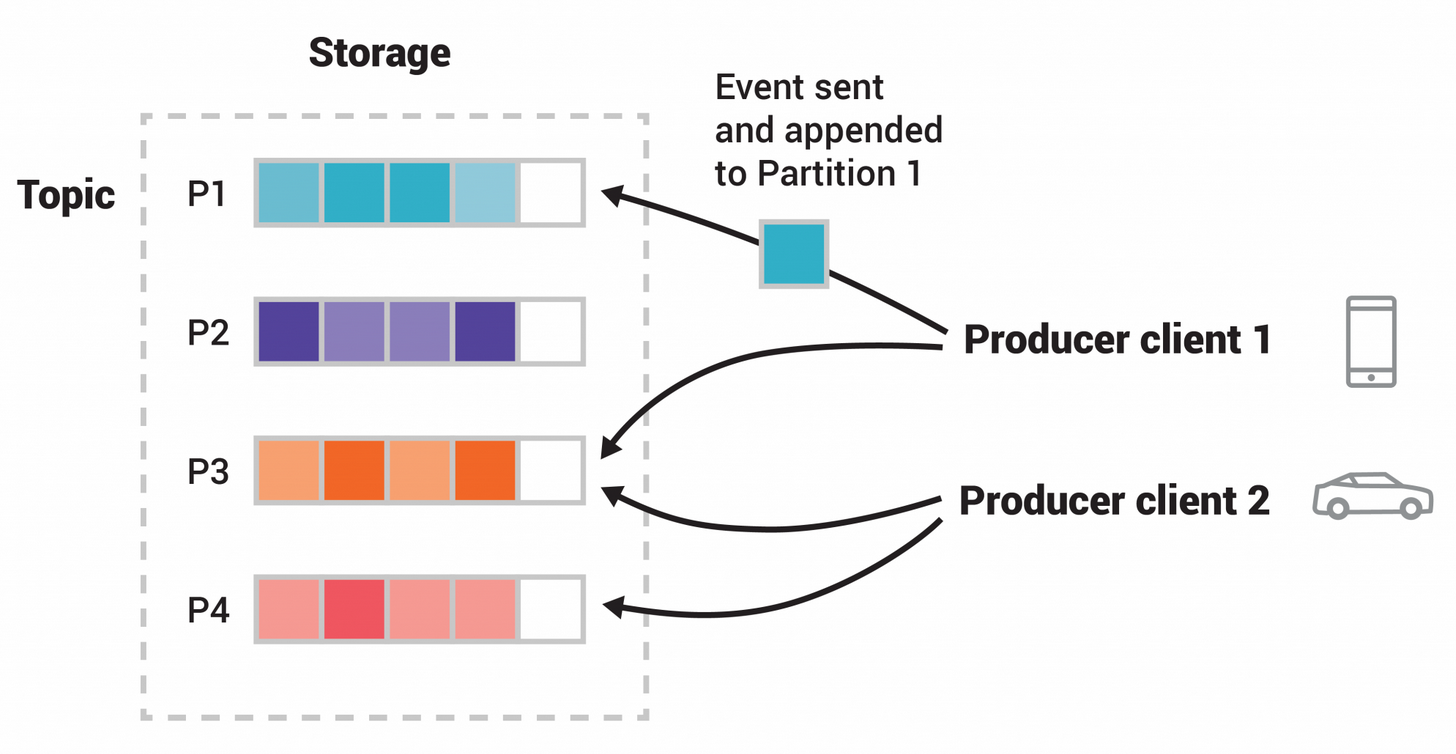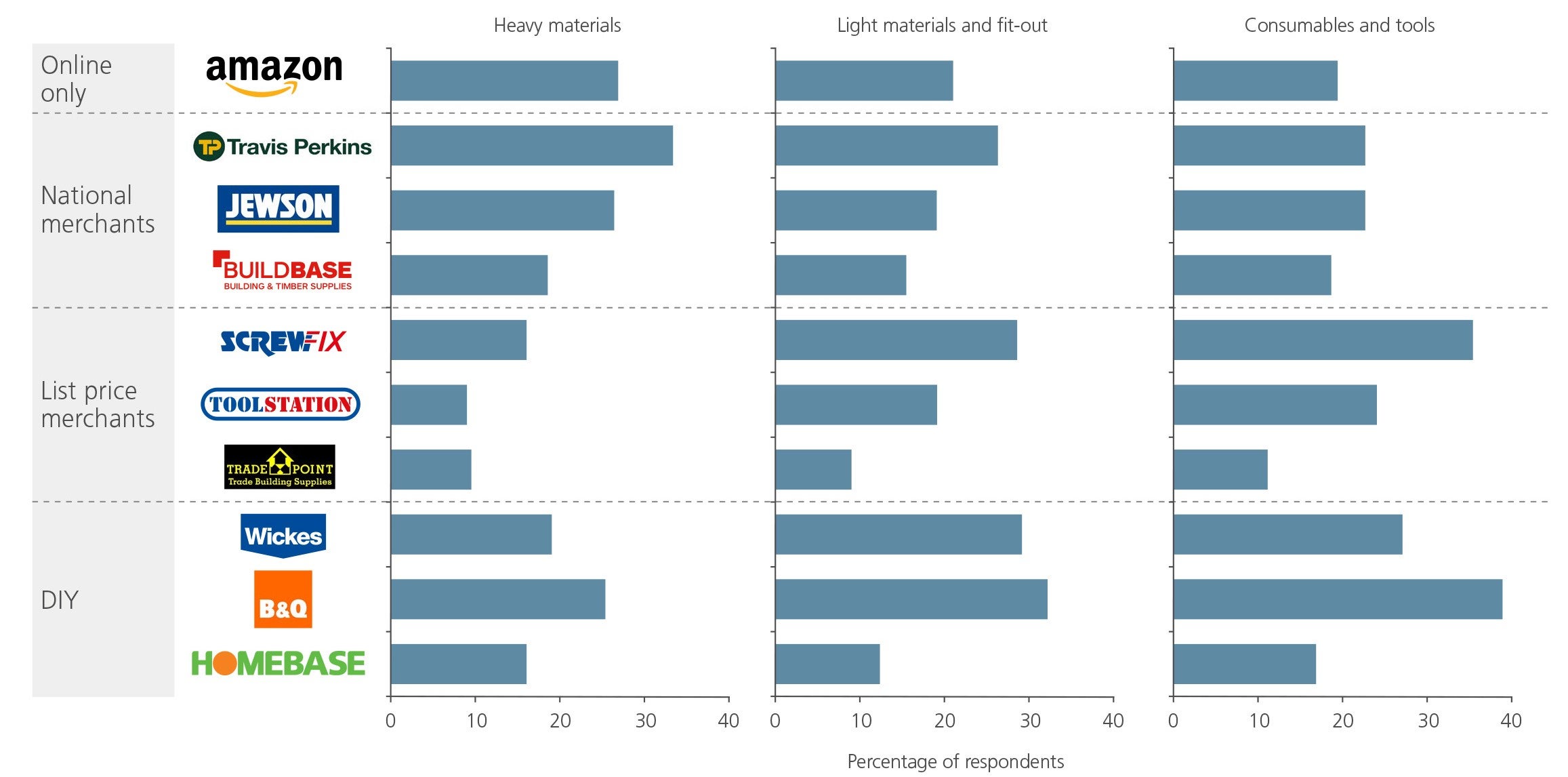
Adoption across higher-credit customers is increasing as the credit mix is influenced by more premium merchants starting to offer financing at checkout. Far worse for banks, they are losing access to an acquisition channel with potential to serve highly engaged younger consumers.Īdoption of POS financing isn’t limited to consumers with relatively low credit scores.

Consequently, banks have lost about $8 billion to $10 billion in annual revenues to fintechs. The growth is underpinned by increased consumer and merchant awareness and adoption of point-of-sale financing solutions.įintechs are capturing almost all the value being created in POS financing because banks have been slow to respond.

This is the only unsecured-lending asset class that has experienced high-double-digit growth through the COVID-19 crisis. POS financing’s expanding role in unsecured lendingĬredit originated at point of sale is projected to continue its growth from 7 percent of US unsecured lending balances in 2019 to about 13 to 15 percent of balances by 2023, according to data from McKinsey’s Consumer Lending Pools (Exhibit 1). The insights are based on McKinsey research, including McKinsey Consumer Lending Pools (a proprietary database covering granular market size and growth trends), the McKinsey POS Financing Consumer Survey and POS Financing Merchant Survey, and our recent experience with banks and merchants. It provides an overview of the market, details key trends and factors influencing growth, and offers ideas for market entry for banks and partnerships for merchants. This article seeks to give POS financing players as well as merchants the necessary insights to refine their strategies in the POS-financing arena. To avoid that outcome, US banks need to understand the landscape for POS financing and choose from among the emerging models. Banks that underestimate the threat may see continued loss in share and could lose out on participating in a growing value pool and gaining share among younger and new-to-credit customers, as banks in Australia and China did when facing a similar situation. In our view, only a few banks are responding fast enough and boldly enough to compete.

Thus far, fintechs have taken the lead, to the point of diverting $8 billion to $10 billion in annual revenues away from banks, according to McKinsey’s Consumer Lending Pools data. This article was a collaborative effort by Puneet Dikshit, Diana Goldshtein, Blazej Karwowski, Udai Kaura, and Felicia Tan, representing views from McKinsey’s Financial Services Practice.


 0 kommentar(er)
0 kommentar(er)
